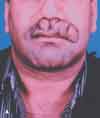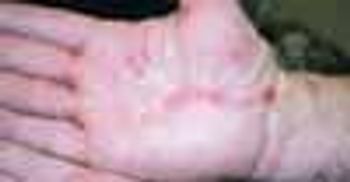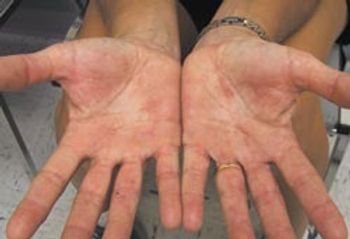
Abstract: A number of factors can contribute to a delay in the diagnosis of tuberculosis in pregnant women, including the presence of nonspecific symptoms, such as fatigue and cough; extrapulmonary manifestations; and asymptomatic disease. The diagnostic evaluation is the same as for nonpregnant patients and includes tuberculin skin testing and, when indicated, chest radiography (with appropriate shielding) and acid-fast bacillus stain and culture. Antituberculous therapy during pregnancy is generally safe and effective, although streptomycin should not be used because of the risk of vestibular or auditory damage to the fetus. For patients with active tuberculosis, treatment should be initiated as soon as the diagnosis is established. The treatment of latent infection is somewhat more controversial. The timing of the initiation of therapy is based on the risk of progression to active disease. (J Respir Dis. 2006;27(8):338-347)


















































































































































































































































































